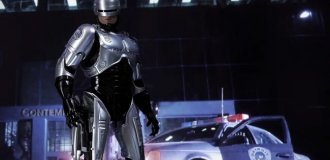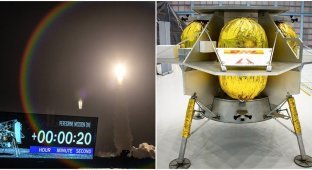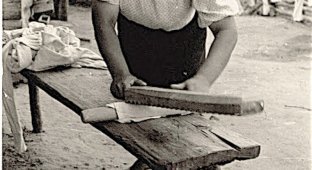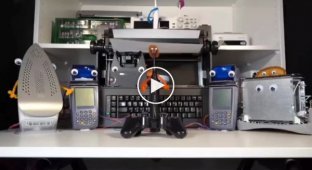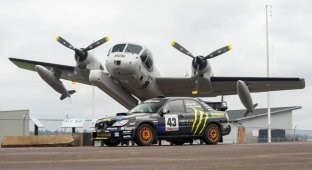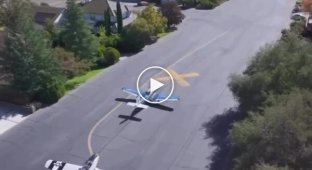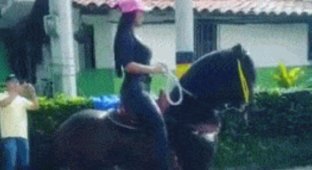As you Americans say, I fucked up. The splashdown of flight JAL002 in San Francisco and the "Aso Defense" (5 photos)
Advances in technology often lead to increased complexity. As technology becomes more complex, it becomes difficult to explain how a device operates, and sometimes even to operate it. The introduction of new systems often leads to a decrease in reliability. This drawback is corrected over time, but unforeseen errors and malfunctions can lead to damage and casualties among maintenance personnel. 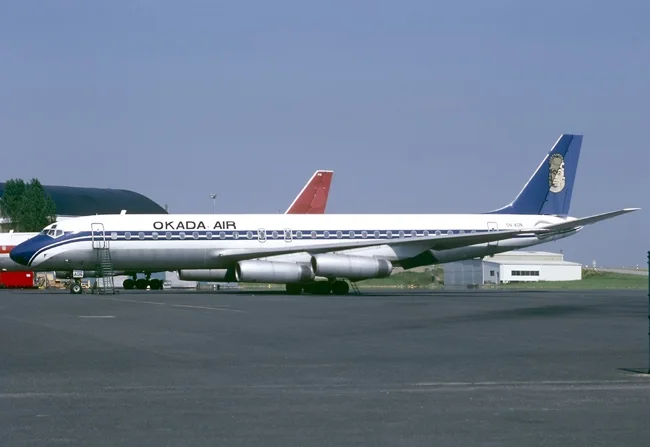
Douglas DC-8-62, registration number JA8032, which ran aground in San Francisco Bay in 1968. Photo from 1985
One variable in this equation is virtually impossible to eliminate: the human factor. People make mistakes, and it's not always possible to hedge against the consequences of such errors. Sometimes, however, chance can actually be beneficial, and by a lucky coincidence, a critical situation won't lead to tragedy.
By the late 1960s, regular air service had been established between the United States and Japan. Initially, it was necessary for personnel rotation at American military bases in the region. Later, as infrastructure developed and Japanese culture became more popular, a flood of tourists flocked to the Land of the Rising Sun, further increasing the need for regular flights.
November 22, 1968. Japan Airlines flight JAL002 from Tokyo to San Francisco was supposed to be a completely ordinary flight. At 5:36 PM local time (08:36 UTC), a Douglas DC-8 airliner departed Tokyo Airport. On board were 96 passengers (six of them children) and 11 crew members. However, on the previous flight, a serious malfunction had been detected: at flight level 280 (8.5 km), the altimeter readings of the captain and co-pilot differed by up to 100 feet. The flight was delayed for approximately 27 minutes to resolve the issue. During takeoff, another minor issue with the landing gear was detected, but it was quickly resolved, and the flight continued. The captain of the aircraft (PIC) was the experienced 46-year-old Japanese pilot Kohei Asoh, who had served as a flight instructor during World War II. The remaining crew were equally qualified, being among the most experienced in this field.
The flight was uneventful all the way to San Francisco.
Low fog and dense clouds hung over the city. However, this wasn't a critical issue: adverse weather conditions weren't a serious reason to divert to an alternate airfield, not only in military but also in civil aviation of the time. The aircraft landing ahead of the DC-8 had already landed successfully, and Aso made the decision to land. The approach was carried out according to instrument readings and the controller's instructions. According to the crew's recollections, there were no indications of anything abnormal. Yes, the situation was unusual, but nothing more. The standard passenger announcements were read, and the captain guided the aircraft along the glide path. The pilots' subsequent recollections differ. The co-pilot, whose job it was to monitor the altimeter, claimed to have called out 500 feet, then began calling out the altitude every 100 feet as they descended. Aso himself later claimed he hadn't heard this, relying solely on his radio altimeter and the data relayed to him by the controller.
In any case, just as the co-pilot announced that he had passed decision altitude, meaning that a go-around was impossible, the DC-8 broke through the clouds. To the horror of the entire crew, they discovered they had deviated from the glide path—underneath the plane was not the airport runway, but the shallow waters of San Francisco Bay. As it later turned out, the DC-8 was approximately 2.5 miles short of the runway. 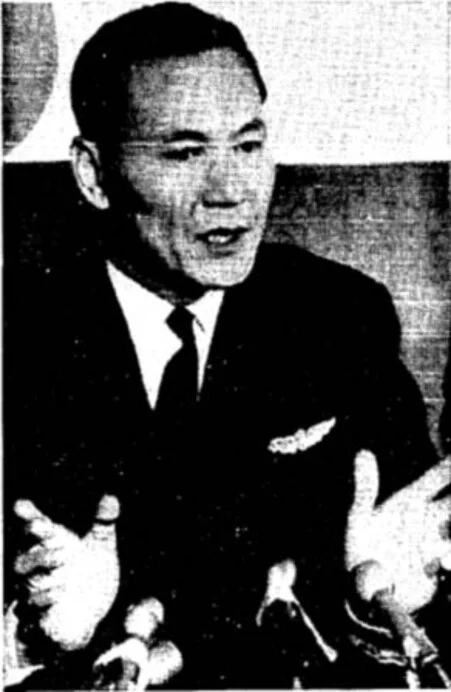
DC-8 Captain, Kohei Aso
However, at this point, the string of misfortunes that had almost led to the airliner's inevitable demise gave way to a "white streak." The part of San Francisco Bay where the incident occurred is typically approximately 1.2 meters deep. Attempting to land the plane in such shallow water would have inevitably resulted in the DC-8's crash, given its speed. However, fortunately for the crew and all passengers, the landing coincided with an abnormally high tide. The bay's depth increased to approximately 2.1 meters. This proved to be practically ideal for the airliner to glide through the bay, slowing down, rather than sink. Only when the pre-deployed landing gear hit the bottom was the order to evacuate given. 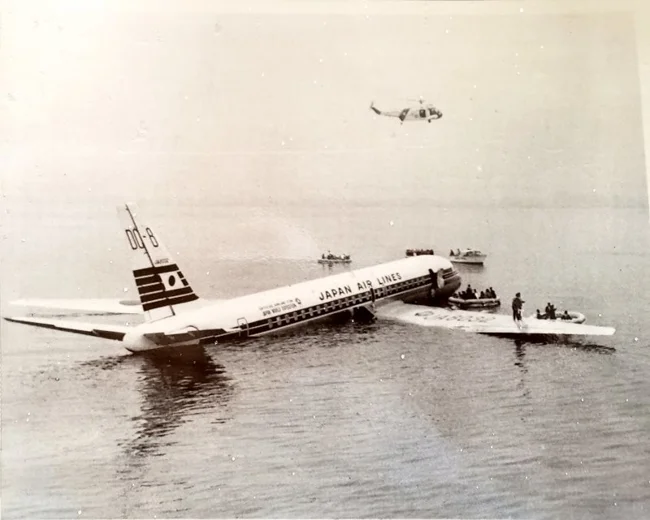
DC-8 on the waters of San Francisco Bay shortly after splashdown
It was carried out perfectly. Of the 107 people on board the DC-8, not a single one was injured. Moreover, the aircraft itself suffered no serious damage. Only the flaps and landing gear were damaged, which were repaired at a United Airlines repair facility, and the aircraft continued flying.
Despite the accident being uninjured, an investigation was launched. It was led by the US National Transportation Safety Board. To the surprise of the board, as well as the reporters present, Captain Kohei Aso made no attempt to defend himself. The pilot did not blame the weather or instrument errors for the accident. When asked directly who was to blame, Aso replied, "As you Americans say, I fucked up," thus taking full responsibility for the incident. This unusual approach to defense led to the investigation being quickly closed. As a result of the accident, Aso was demoted to co-pilot and flew only transport aircraft for the rest of his career. The DC-8 itself, after its restoration, carried passengers until the late 1980s, after which it was converted into a transport aircraft. The aircraft was decommissioned only in 2004. 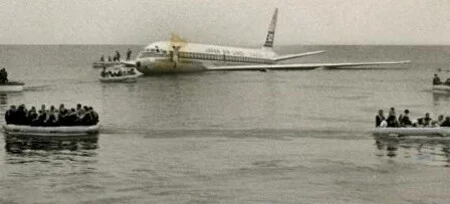
DC-8 in the waters of San Francisco Bay, shortly after landing
This incident was one of the few times in aviation where a combination of errors and weather conditions, which should have resulted in a multi-fatal crash, resulted in a safe landing. Another interesting consequence of the incident was the so-called "Aso Defense." This is the name given to a technique in negotiation and management theory whereby a distraught opponent loses most of their leverage in a dispute by directly admitting their own shortcomings. As you might guess, this method was named after the captain of flight JAL002, who immediately admitted his guilt, made no attempt to justify himself, and as a result received a very moderate punishment.






